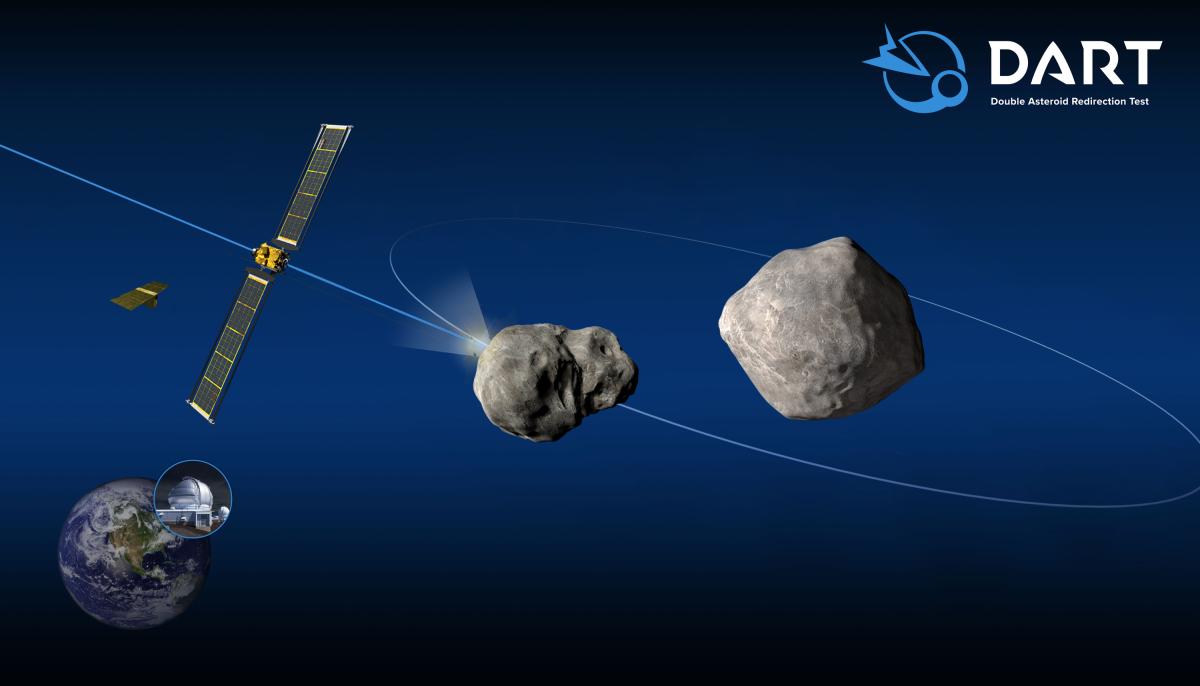A new image of the aftershocks of the first planetary defense experiment 25 days after the collision of the double asteroid redirection vehicle (DART) with the asteroid "Demorphos", and the results of this collision are still unfolding day after day, the last of which was monitoring two tails of dust emitted from the asteroid, in new images from a telescope "Hubble" space, published yesterday by the US space agency "NASA".
The spacecraft (DART) collided with the asteroid "Demorphos", on September 26, in the first planetary defense test to change the orbit of the asteroid around a larger asteroid called "Dedimos". Didymus, 11 hours and 55 minutes, is about 32 minutes long.
Repeated observations from Hubble over the past several weeks have allowed scientists to provide a more complete picture of how the debris cloud from the collision evolved over time. , to show the rears of the twin tails, an unexpected development, and the Hubble observations provide the best quality double-tailed image to date.
After the collision, Hubble made 18 observations of the system, and the images indicate that the second tail formed between October 2 and October 8.
The relationship between the comet's tail and other projectile features seen at different times in images from Hubble and other telescopes remains unclear, something the investigation team is currently working to understand.
The northern tail is newly developed, and in the coming months, scientists will take a closer look at data from Hubble to determine how the second tail evolved, and there are a number of possible scenarios in which the team will investigate.
The Hubble telescope detects the formation of a tail twin
It is noteworthy that the asteroid “Demorphos” was not on a collision course with Earth, and there are no asteroids threatening the Earth currently, but many asteroids the size of (Demorphos) have not yet been discovered, and these asteroids can destroy a city if they crash, and NASA expanded through The first Planetary Defense Experiment to test the possibility of steering a vehicle to change the orbit of an asteroid, when it is on a collision course with Earth.
There was a previous belief that the only way to deviate is to send a nuclear bomb, but NASA has proven with this experiment, that this tool can be used to confront any future threat.





